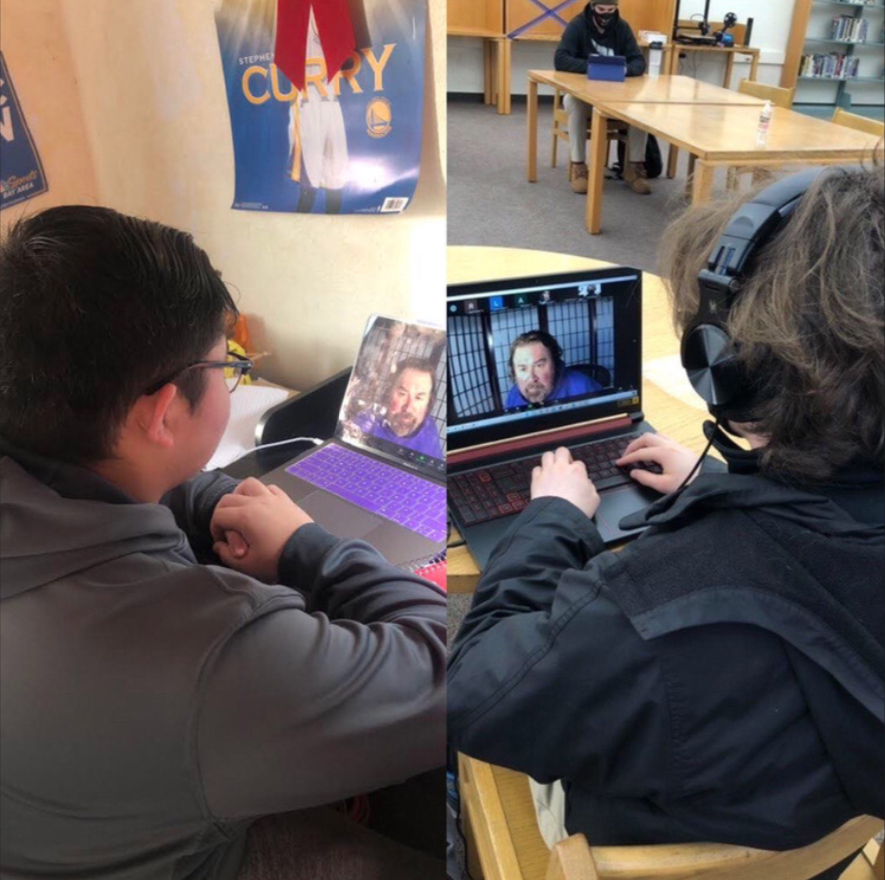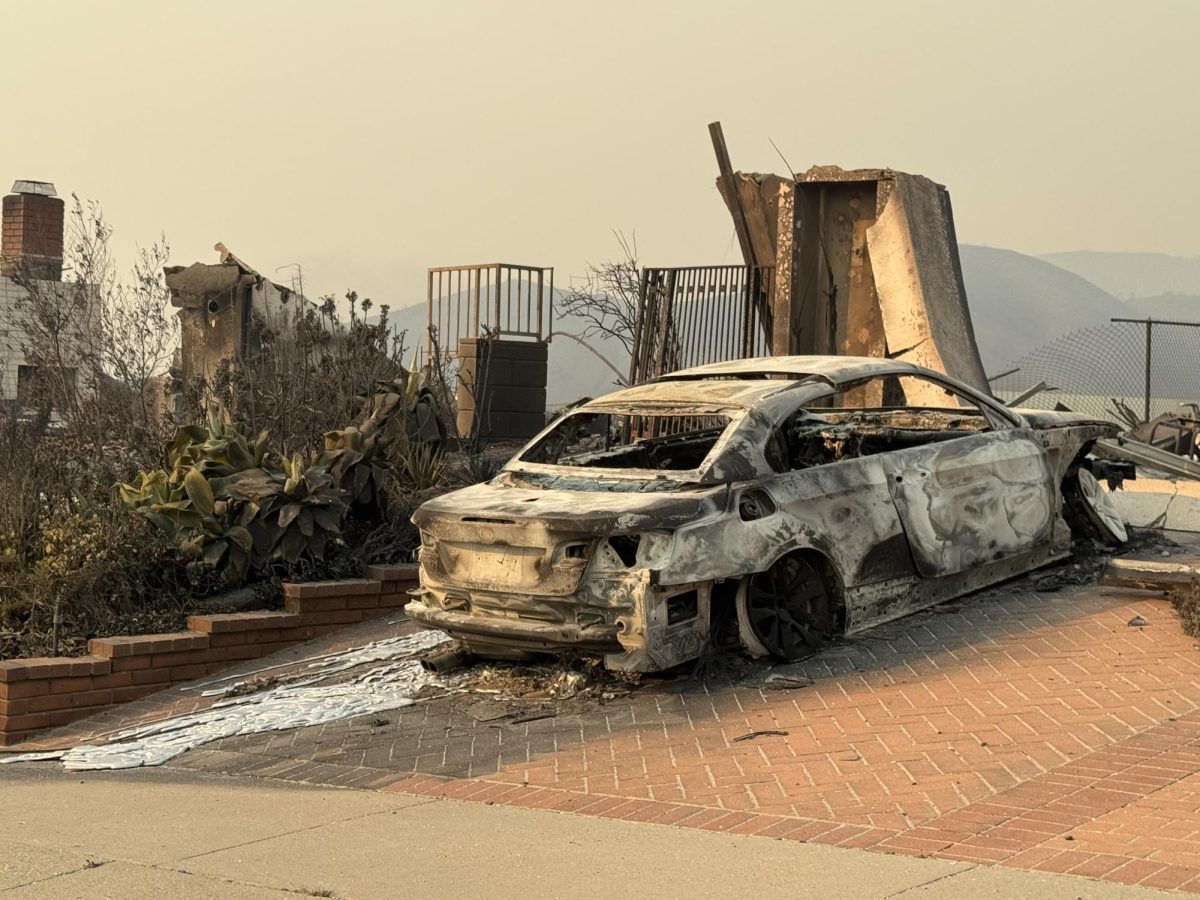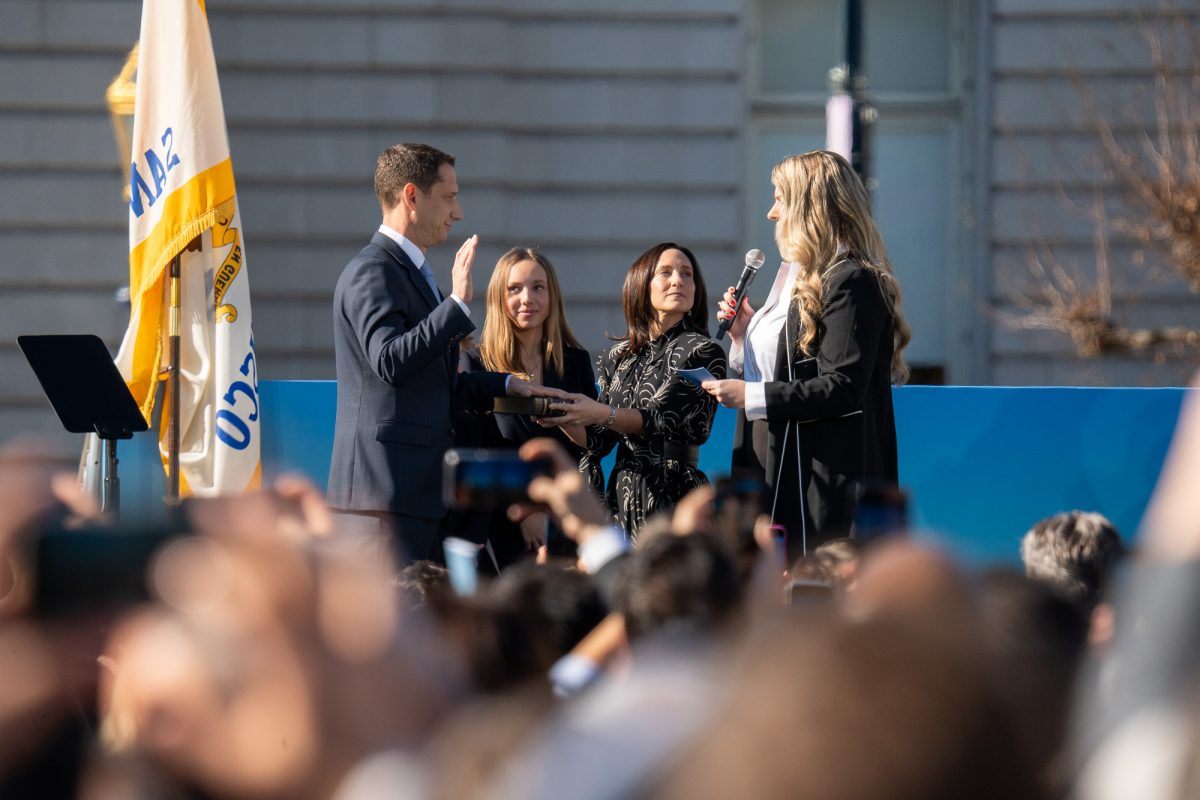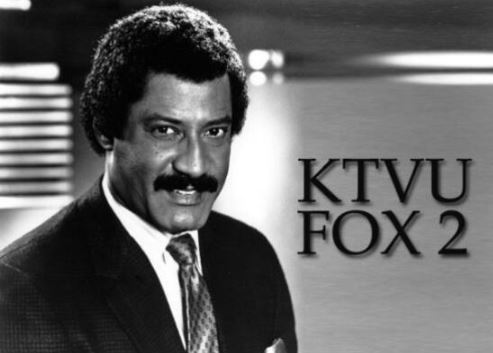As the age of Coronavirus continues to impact school, students and teachers must adapt and do what they can to educate and learn to the best of their abilities.
As in person learning came and went for almost a month from Nov. 9 to Dec. 3, the students had the opportunity to be in a classroom for the first time since March, and to see their teachers and friends.
“It was awkward but still cool to see people physically, and talk to them,” said Mark Del Mundo ’21.
Spanish teacher Armando Castillo also enjoyed seeing students for the first time since March. He said, “I felt happier. I mean, who wouldn’t? When you’re in the classroom, you feel more of a real connection than you would on Zoom.”
Working with students online, working with them in person, and then doing half and half every other day can be challenging and in some sense, different and new.
History teacher Cory Nelson said, “Working online has been a challenge to learn the technology and find a groove that is consistent for my students to be successful but when I work with students in person, it’s always something special because I teach for the students, so I really miss being in the classroom laughing and teaching with students.”
He added, “Hybrid is a very different way of teaching that provides a very big challenge to teachers. You have to keep track of the technology, keep the in-class students learning and on task while at the same time talking to students at home.”
When it comes to at-home learning and teaching, both students and teachers have to think of ways to work with Zoom and technology.
Religious studies teacher Joshua Keeney said he’s been using Flipgrid, an app for students and teachers to create grids for video discussions. Students can post a video response to a lesson and get graded on the response.
As some students were able to do what they’ve been hoping for, it was a pretty long process behind the scenes to make it happen.
Nate Simon ’99, Dean of Academics, said, “We surveyed parents and teachers. We took direction from the CDC and county to ensure our building was actually safe. Schools had to score an 80 or higher in their walk through to be able to open, we scored a 92.”
He continued, “Then we had to make sure we could fit our students in cohorts into the classrooms and that we had enough faculty and staff to supervise them. After all of that, we decided to open our doors.”
Students and teachers benefited from trying hybrid learning, but some thought differently about the idea.
Castillo said, “The pro is that the students in class get to feel the real school tradition of learning in person and having that classroom unity. One con is that you have to manage two audiences at once as a teacher and have to go back and forth between your audience on Zoom and the audience in front of you.”
“I think it would be a lot easier to pay attention at home because you’re more comfortable and you have everything you need right there,” said Aidan Quirarte ’22.
On Dec. 6, the school administration announced they would shift back to full distance learning the next day due to the concern of students and families traveling for Thanksgiving. The date to return to in person learning was Jan. 27, the third day of the second semester.
“We are looking at possibly being able to create some outdoor classrooms when the weather is better. We are also going to try to find ways to combine small classes that don’t have their teachers on campus, so that we don’t have to have as many students attend classes in the gym,” said Simon.
In regards to how well the plan worked, Simon said, “On-campus learning shut down because we felt students and teachers might not be safe, not because we were forced to shut down. Many of the reasons that occurred, such as travel for Thanksgiving, will not be a problem in semester two, and so I think we can be successful with a similar plan.”
Simon concluded, “Students were safe while they were here, which is evident by the lack of spread of the virus. Things ran smoothly during the day despite so many changes to the normal schedule. Otherwise, we thought the first sessions of hybrid were very successful.”








